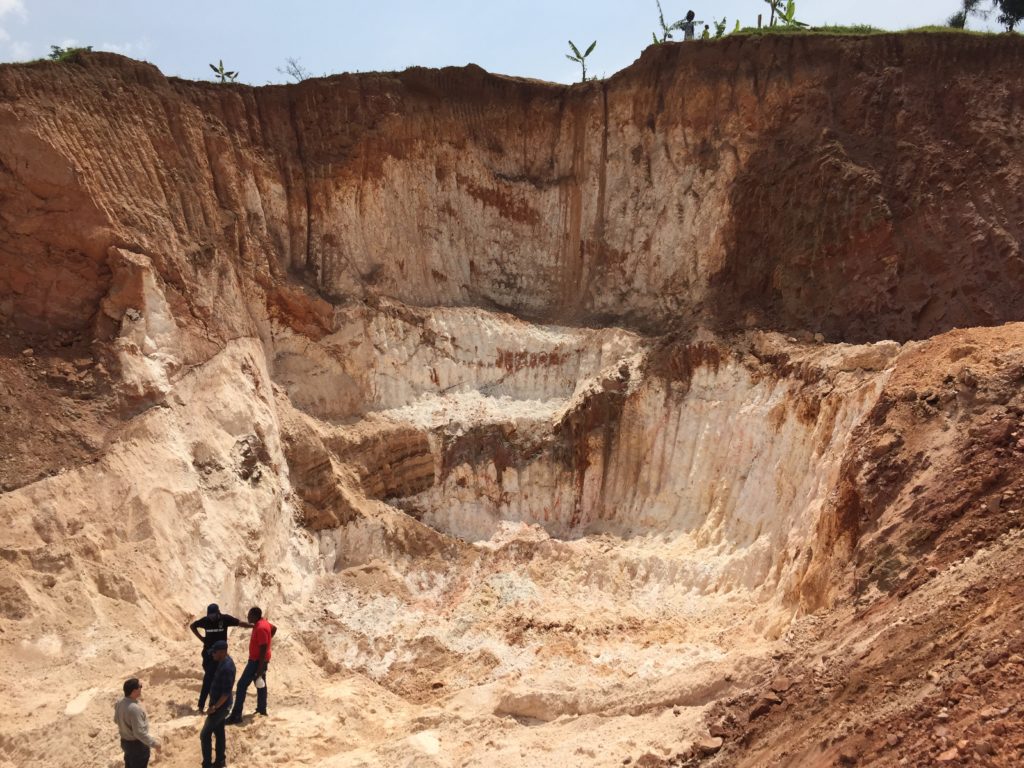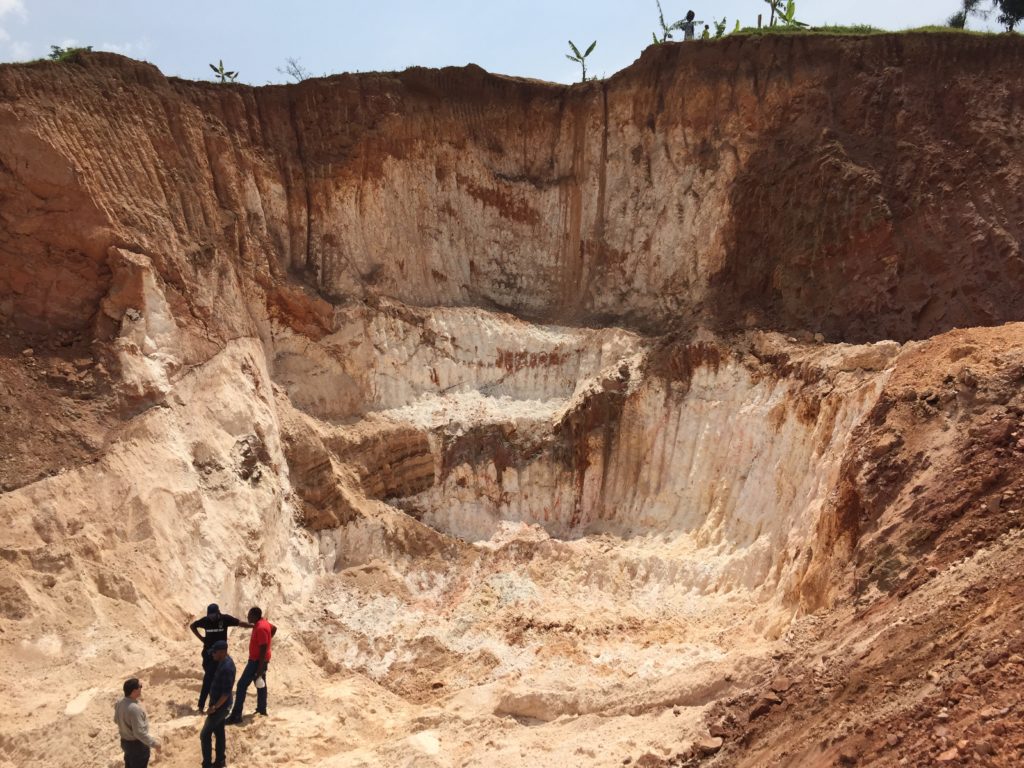Benedikt Steiner (ARSM CGeol EurGeol FHEA) from exploration consultancy XPLORE GLOBAL Ltd, gives us his top 4 ‘need to know‘ facts about lithium pegmatites. Follow Benedikt’s series HERE.

Have you recently entered the lithium and battery metals space? Have you invested in a lithium pegmatite project and are wondering if your project is superior to those of your competitors?
In light of the recent ‘lithium boom’, I was asked by several interested parties what I consider the most important aspects in locating lithium-caesium-tantalum (LCT) pegmatites and associated tin (Sn) mineralisation. Whilst geological parameters are the obvious ones to discuss first, I believe that overall tonnage, geomechanics and mineral processing, are of equal importance, particularly at early reconnaissance and drilling/ evaluation stages.
The following ‘Quick Tour’ through LCT pegmatites is therefore aimed at potential investors and technical staff new to the subject.
- Bulk Tonnage, Geomechanics and Mine Life: A sometimes overlooked first factor to determine the feasibility of mining a LCT pegmatite is bulk tonnage and the ability to cheaply mine the ore using open pit equipment and infrastructure. LCT pegmatites are shallow, zoned and narrow (10-15m) geological bodies (Figure 1) commonly extending for several kilometres whose full thickness is mined (no selective mining and sampling recommended).For example, in steep, mountainous terrains, such as Rwanda or the Andes, the excavation of such bodies will result in slope stability issues and a considerable stripping ratio, i.e. the amount of waste rock that needs to be moved in order to access the ore. Consequently, unless costly underground excavation is considered, open pits will be shallow leaving deeper resources untouched whilst reducing the overall mineable tonnage.It is therefore not uncommon that single pegmatite bodies are ‘mined out’ within a very short timeframe (less than three years) leaving mine operators with the task to rapidly locate additional ore to feed the plant. Accessing areas with shallow, pegmatite swarms (multiple pegmatite dykes) in relatively flat areas is therefore an important attribute in selecting license areas and ensuring a sustainable mining operation and investment.
- Geology and mineralogy of the pegmatite and related mineral processing aspects: One of the most useful tools to locate pegmatites is traditional geological mapping and analysis of mineralogy (London, 2018). The ability to recognise coarse, pegmatitic rock types along with possible zonation in relation to S-type granite intrusions and surrounding country rock is key.At this early stage it becomes critical to conduct mineralogical investigations (e.g. XRD or petrography) in order to i.) identify key lithium-bearing minerals, such as spodumene, eucryptite (secondary alteration mineral of spodumene, potentially not recoverable), lepidolite, zinnwaldite or petalite, ii.) quantify the purity/ contamination of the ore by deleterious elements (F, Fe, P) and iii.) determine potential recovery and processing methods, such as conventional flotation, gravity or magnetic separation technologies.This is of importance as, usually, it is challenging to visually identify and distinguish these minerals from common rock-forming minerals and to inform the investor community of the cost of producing lithium concentrate. In addition, it is absolutely essential to report lithium grades (see 3.) along with a specification of the nature of lithium minerals present in the deposit. This becomes even more important when minerals with industrial applications are considered (Clause 49, JORC 2012 Edition).

- Sampling and Geochemistry: Large bulk samples obtained from large diameter core or reverse circulation (RC) drillholes or test pits are required as pegmatite minerals are very coarse and representative sampling needs to be ensured throughout the programme. Furthermore, potentially economic accessory minerals, such as coltan or cassiterite (tin), are commonly nuggety and irregularly distributed within the ore body, hence requiring larger samples to avoid the ‘nugget effect’.Bulk samples, particularly obtained from RC drilling, also provide enough material for early metallurgical characterisation and test work. In regional exploration as well as detailed drilling programmes the choice of analytical method will be significant. Lithium is a ‘light’ element and therefore cannot be detected using (portable) XRF (Figure 2), however, pathfinders can be analysed with ease and can indicate prospective areas at regional (several 100s or 1000s km2) scale, if sampled appropriately (Steiner, 2018). Samples are recommended to be analysed using sodium peroxide fusion with an ICP-MS finish at accredited laboratories in order to accurately measure resistant accessory minerals such as columbite-tantalite (coltan) and cassiterite (tin) which can be economic accessory minerals.
- Geophysics: unlike other base metal commodities, lithium-caesium-tantalum pegmatites often have very weak magnetic or conductivity properties and therefore cannot be distinguished from adjacent S-type granites or sediments, unless there is a stark contrast in these physical properties.Due to the narrow shape of pegmatites ground-based geophysical surveys at commonly short, i.e. 25-50m, line spacings are required, if deemed useful in a particular area.
Further reading:
Steiner, B. (2019). Sn-W and Li-Cs-Ta geochemical signatures in I-type granites – a case study from the Vosges Mountains, NE France. Journal of Geochemical Exploration, in press.
London, D. (2018). Ore-forming processes within granitic pegmatites. Ore Geology Reviews, 101, 349-383.
Steiner, B. (2018). Using TELLUS stream sediment geochemistry to fingerprint regional geology and mineralisation systems in Southeast Ireland. Irish Journal of Earth Sciences, 36, 1-17.
 Benedikt Steiner (ARSM CGeol EurGeol FHEA) is the MSc Programme Director of Mining and Exploration Geology at the Camborne School of Mines, UK, and consultant to the mining industry through his consultancy firm XPLORE GLOBAL Ltd.
Benedikt Steiner (ARSM CGeol EurGeol FHEA) is the MSc Programme Director of Mining and Exploration Geology at the Camborne School of Mines, UK, and consultant to the mining industry through his consultancy firm XPLORE GLOBAL Ltd.
MiningIR.com hosts a variety of articles from a range of sources, our content, while interesting, should not be considered as formal financial advice. Always seek professional guidance and consult a range of sources before investing.











